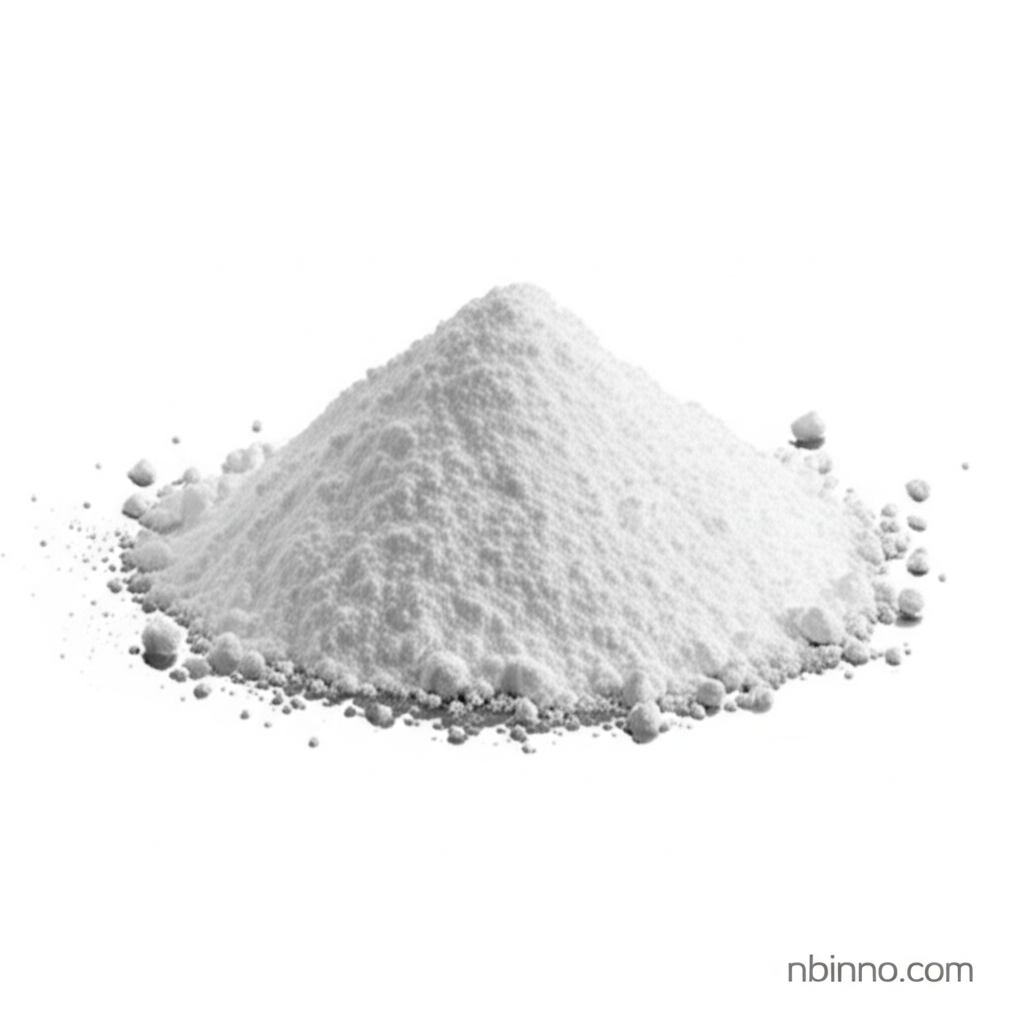Exploring the Multifaceted World of p-Phenylenediamine (CAS 106-50-3)
Discover the properties, applications, and safety considerations of this vital industrial chemical.
Get a Quote & SampleProduct Core Value: p-Phenylenediamine

p-Phenylenediamine
p-Phenylenediamine (PPD), identified by CAS number 106-50-3, is a crucial chemical compound with a wide array of industrial applications. Its versatility stems from its unique chemical structure, making it a valuable intermediate in various manufacturing processes. From high-performance polymers to vibrant dyes, PPD plays an integral role.
- Investigating p-Phenylenediamine CAS 106-50-3 properties reveals its nature as a white to purple crystalline solid that darkens upon exposure to air, indicating its reactivity and the importance of proper storage.
- The p-Phenylenediamine uses in polymers are significant, serving as a precursor to advanced materials like Kevlar and Twaron, known for their strength and durability.
- Delving into p-Phenylenediamine hair dye concerns highlights its widespread use in permanent hair colorants and the associated considerations for consumer safety and potential allergic reactions.
- Understanding p-Phenylenediamine skin sensitization is critical, as it is a known potent skin sensitizer that can lead to allergic contact dermatitis in susceptible individuals.
Key Advantages and Applications
Versatile Chemical Intermediate
As a key p-Phenylenediamine chemical intermediate, it is indispensable in the synthesis of azo dyes, sulfur dyes, and other colorants, contributing to the vibrant world of textiles and beyond.
Advanced Material Precursor
The role of PPD in p-Phenylenediamine uses in polymers, particularly in the production of aramid fibers, underscores its importance in creating high-strength materials used in protective gear and industrial applications.
Performance in Dyeing Processes
The effectiveness of PPD as a dye component, especially in hair and fur coloring, makes it a sought-after material, though careful handling and awareness of p-Phenylenediamine safety precautions are necessary.
Key Applications
Polymer Synthesis
PPD is a fundamental building block in the creation of high-performance polymers, contributing to the production of materials with exceptional strength and thermal resistance, aligning with p-Phenylenediamine industrial applications.
Textile and Hair Dyeing
Its ability to form stable colors makes it a key ingredient in textile dyes and a widely used component in permanent hair dyes, though understanding p-Phenylenediamine hair dye concerns is crucial.
Rubber and Antioxidant Industry
In the rubber industry, PPD derivatives function as antioxidants, protecting materials from degradation and extending their service life, demonstrating another facet of its utility.
Photography and Imaging
Historically and currently, PPD has been utilized as a developing agent in photographic processes, showcasing its chemical reactivity in image formation.
